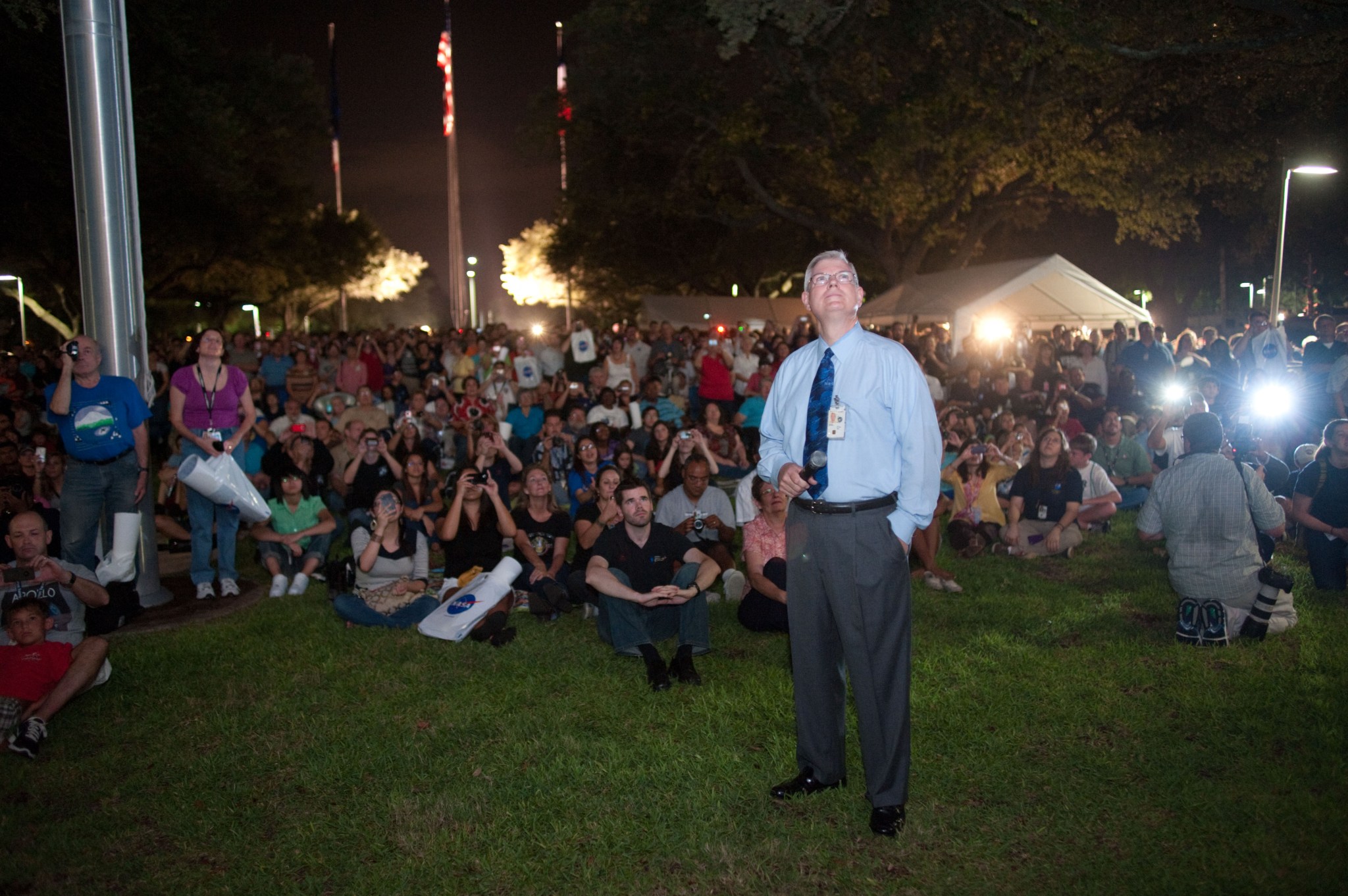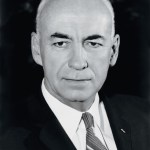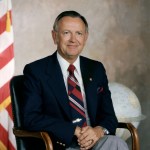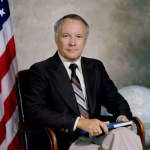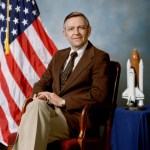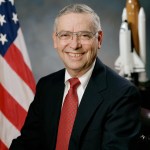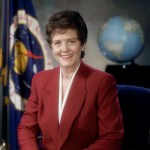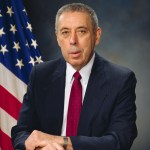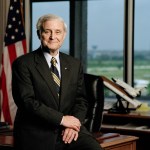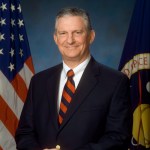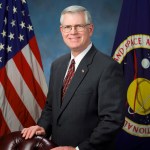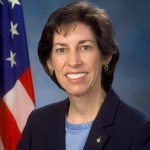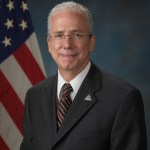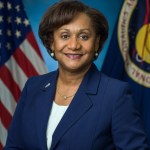
Michael L. Coats
Johnson Space Center Director, 2005 - 2012
Michael L. Coats became the 10th director of NASA’s Johnson Space Center in November 2005. He had previously spent 13 years as a space shuttle astronaut, a veteran of 3 flights, and logged more than 463 hours in space.
Coats received a BS degree from the United States Naval Academy in 1968. He became a Navy pilot and flight instructor, logged 315 combat missions in Vietnam, has more than 5,000 hours flying time in 28 different types of aircraft and more than 400 carrier landings.
After earning an MS in Administration of Science and Technology from George Washington University in 1977, Coats applied to be an astronaut and became a part of the first class of shuttle astronaut candidates in 1978. He also finished a second MS degree in Aeronautical Engineering from the U.S. Naval Postgraduate School in 1979.
Once selected as an astronaut, he served as a member of the STS-4 support crew and as capsule communicator for that mission and again for STS-5. Coats flew his first shuttle mission as the pilot for STS-41D in 1984. In February of 1985, he was selected as the commander for STS-61H, but the mission was cancelled because of the Challenger accident in January 1986. After the Space Shuttle Program returned to flight, Coats commanded the STS-29 mission in 1989 and STS-39 in 1991, and he also served a year between flights as the acting chief of the Astronaut Office.
Read Michael Coats’ oral history transcripts
After his last shuttle flight, Coats retired from the U.S. Navy and NASA, and decided to join the private sector, serving first as the Vice President of Avionics and Communications Operations for Loral Space Information Systems until 1996. He then joined Lockheed Martin until 2005 when he was appointed Johnson Space Center’s director by NASA Administrator Michael D. Griffin.
As center director, Coats oversaw the last 20 space shuttle missions, which carried on the return to flight effort after the Columbia accident, completed assembly of the International Space Station, performed the final Hubble Space Telescope servicing mission, and flew the final shuttle mission, STS-135. During the 21 International Space Station expeditions under Coats’ leadership, the station expanded to a six-person crew in 2009, was completed in 2011 and saw advancements in research and technology that have already demonstrated benefits to human life in the areas of human health, telemedicine, education and observations of Earth from space.
With his steady leadership, Coats guided the Johnson team through a time of transition with the cancellation of the Constellation Program, completion of the Space Shuttle Program, stand up of the Orion Multi-Purpose Crew Vehicle Program for future deep space exploration by humans, and ushering in the new commercial spaceflight providers for low-Earth orbit flights.
Before retiring in December 2012, Coats helped Johnson celebrate its 50th anniversary and held its first Innovation Day to help foster internal collaboration and technology advancement.
Visit the NASA Oral History Collections to read oral histories with NASA’s Johnson Space Center Directors and others across NASA.



























